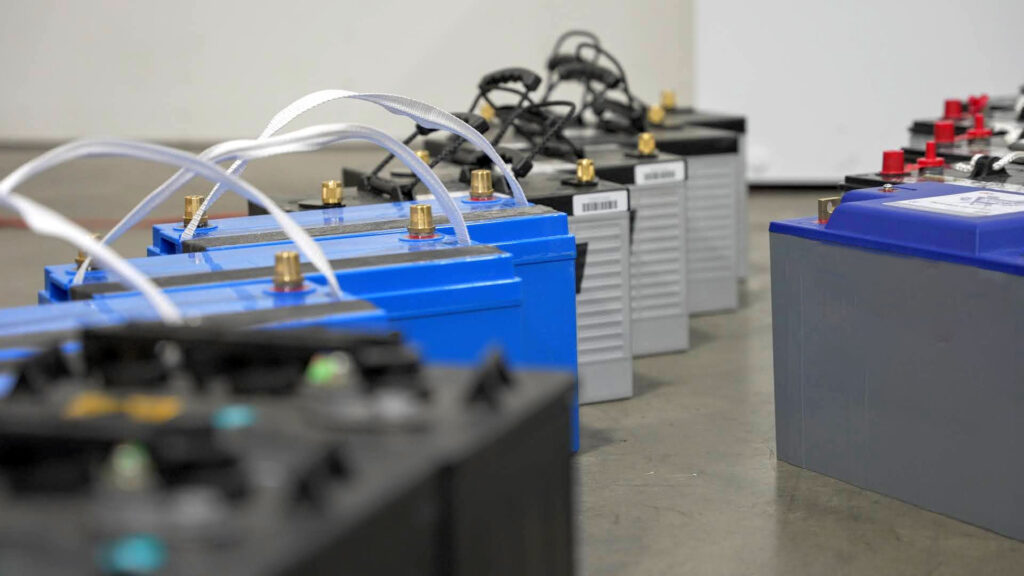Using only half of the capacity of a lithium iron phosphate (LiFePO4) battery, or any lithium-ion battery for that matter, generally doesn’t have any specific consequences unique to this chemistry. However, there are some general effects and considerations to keep in mind.
- Reduced Cycle Life: Lithium-ion batteries have a limited number of charge-discharge cycles before their capacity starts to degrade. Using only half of the battery’s capacity effectively doubles the number of cycles you can achieve before noticeable degradation occurs. However, if the battery is subjected to other stress factors like high temperatures or deep discharges, its overall lifespan could still be affected.
- Balancing Issues: When only using half of the battery’s capacity, it’s essential to ensure that both halves of the battery are balanced. If one half of the battery consistently receives more charge cycles than the other, it could lead to an imbalance in the cells, reducing overall performance and capacity.
- Incomplete Utilization: By only using half of the battery’s capacity, you’re not fully utilizing the potential energy storage of the battery. This means you may need to recharge the battery more frequently, which could be inconvenient depending on your application.
- Voltage Considerations: While using only half of the battery’s capacity doesn’t directly affect its voltage characteristics, it’s still important to ensure that the battery’s voltage remains within safe operating limits during both charging and discharging cycles.
- Efficiency Concerns: Lithium-ion batteries are typically most efficient when discharged and charged within a certain voltage range. If you’re consistently using only half of the battery’s capacity, you might not be operating within the most efficient voltage range for your specific application.
In summary, using only half of the capacity of a lithium iron phosphate battery isn’t inherently problematic, but it’s essential to consider factors such as balancing, cycle life, and efficiency to ensure optimal performance and longevity of the battery.


